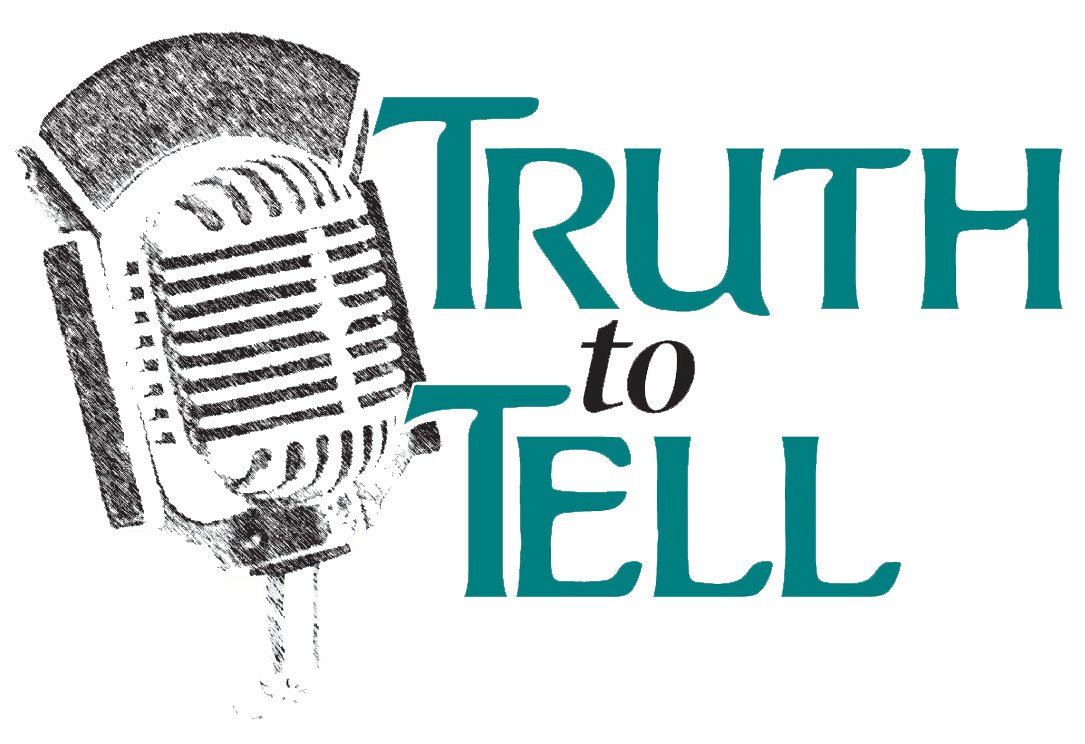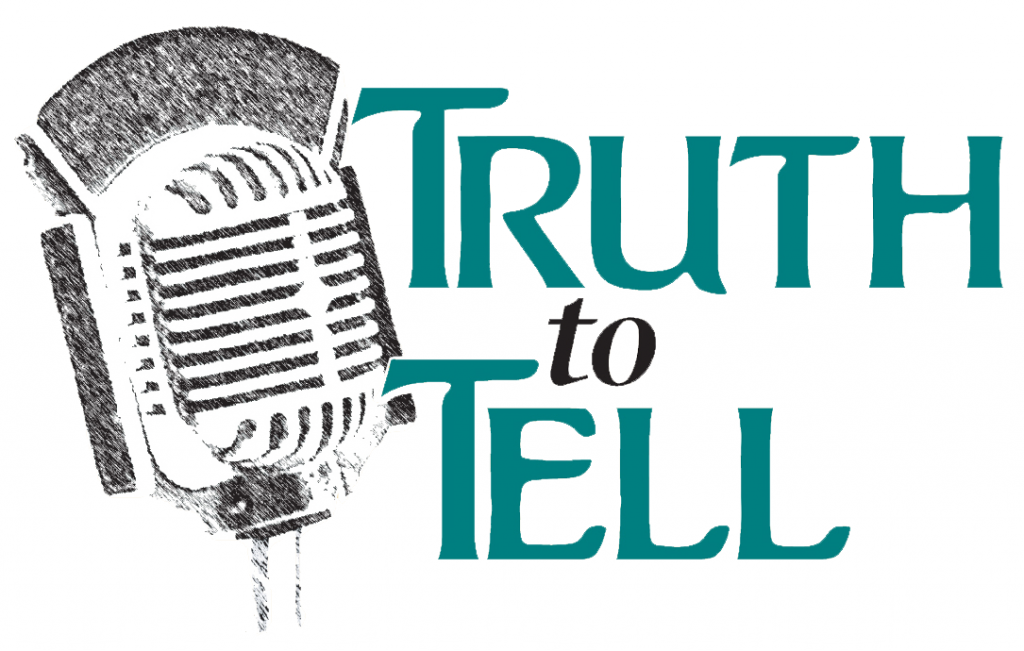ttt1527_july_6_rural_mn_politics
Over the next several months, TruthtoTell will be taking a look at developments in rural Minnesota. For many urbanites, rural Minnesota is a riddle. Who lives there? How do they make a living? Can you get Starbucks coffee there? Do rural people eat more pie than city folk? Are they more religious? How come rural people seem so conservative? Do black people live in rural Minnesota? Gay people? Do rural people hate unions? Do farmers have to own 1,000 acres these days to make a profit? And, most basically of all: What do rural people want, anyway?
On Monday’s edition of TTT, we begin our series by focusing on the political map. During the last election cycle, DFL incumbents lost 11 legislative seats to Republicans, who won control of the state House of Representatives. As a result, many of the issues that we have been covering on TTT died or were watered down: Driving privileges for undocumented immigrants, the Felon Voting Restoration Act, needed expansion of transportation infrastructure, funding for pre-K, and environmental protections are just a few of the issues that might have been different, had the DFL managed to win those elections.
So where did the DFL lose seats? And more importantly, why? Did Republicans have better candidates, more money, a superior campaign strategy? Was—and is—the philosophy of today’s Republican Party more in tune with a majority of rural voters? Or can the DFL reclaim those seats in the 2016 presidential year.
Joining TTT to help us answer these and other questions is Jim Niland, a longtime labor and political activist who served most recently as political and legislative director of AFSCME Council 5, one of the largest public employee unions in the state.
Jim Niland, former political and legislative director of AFSCME Council 5


